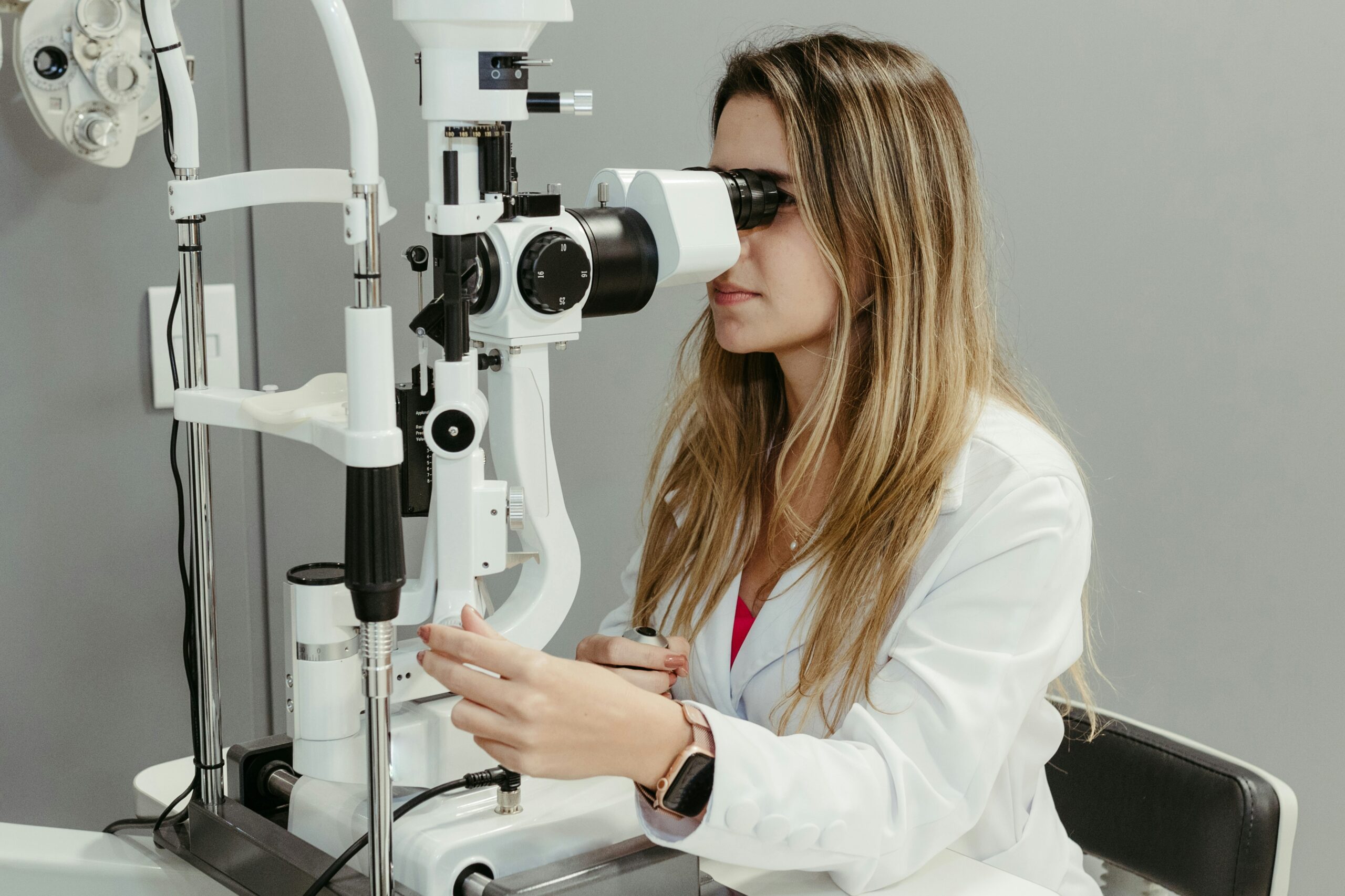
Glaucoma is a serious eye condition that can lead to permanent vision loss. It happens when the pressure inside the eye builds up and harms the optic nerve. This damage can slowly steal a person’s sight, often without early warning signs. While medicines and eye drops are common treatments, they do not always work for everyone. In those cases, glaucoma surgery becomes a necessary step to protect vision.
In recent years, new and advanced glaucoma surgery techniques have become available. These new methods are helping doctors manage the disease more effectively, with fewer risks and faster recovery times. This article explores the latest glaucoma surgery techniques and how they are improving care for patients.
Understanding Why Glaucoma Surgery Is Needed
Glaucoma affects millions of people around the world. It can develop in one or both eyes and often begins without pain. Most cases are caused by a problem with the way fluid drains from the eye. When this fluid builds up, it raises the pressure inside the eye. Over time, this pressure harms the optic nerve, which is needed for clear vision.
When eye drops or pills can’t control the pressure, doctors often turn to surgery. The main goal of glaucoma surgery is to lower the pressure in the eye. This helps prevent further damage to the optic nerve. Surgery can either help the fluid drain out of the eye or reduce the amount of fluid the eye makes.
Traditional glaucoma surgeries, like trabeculectomy or tube shunt surgery, have been used for many years. While these methods are still beneficial, they may cause more side effects and result in longer healing times. That’s why doctors now often recommend newer options when possible.
The Rise of Minimally Invasive Glaucoma Surgery
Minimally Invasive Glaucoma Surgery, or MIGS, is a significant improvement in eye care. MIGS techniques are designed to lower eye pressure using minimal tools and tiny cuts. These methods cause less harm to the eye and offer faster healing.
MIGS is often used for people with mild to moderate glaucoma. It is also commonly done at the same time as cataract surgery. MIGS can make a big difference for patients who are not ready for more aggressive surgery.
Some MIGS methods help the eye drain fluid better by opening up blocked pathways. Others reduce how much fluid the eye makes. These minor surgeries are done inside the eye and take less time to perform than older surgeries.
MIGS techniques have become more popular because they are safer and easier to recover from. Patients often go home the same day and can return to normal activities quickly. However, for people with more advanced glaucoma, MIGS may not lower the pressure enough. In those cases, more traditional surgeries might still be needed.
New Advances in Laser Glaucoma Surgery
Laser surgery has been used in glaucoma treatment for a long time. It helps lower eye pressure by improving the way fluid leaves the eye. In recent years, laser techniques have become even more accurate and gentle.
One of the most popular laser options is Selective Laser Trabeculoplasty, also known as SLT. This method uses low-level laser energy to treat specific cells in the drainage system of the eye. The laser helps improve fluid flow without damaging other tissues.
SLT is done in the doctor’s office and takes just a few minutes. It does not require any cuts or stitches. Many patients begin to see lower eye pressure soon after the treatment. SLT can also be repeated if needed, making it a flexible choice for long-term care.
Laser surgery is a good option for people who want to avoid traditional surgery. It also works well for patients who have trouble using eye drops every day. Laser treatments are helping more people manage glaucoma safely and comfortably.
Improvements in Tube Shunt Surgery and Drainage Devices
For patients with severe glaucoma, or when other treatments fail, tube shunt surgery is often the next step. In this procedure, a small tube is placed inside the eye. The tube helps drain fluid to a small area behind the eye, where it can be absorbed safely.
Older tube shunts, such as the Ahmed and Baerveldt implants, have been used for decades. They work well, but they can come with risks like scarring or eye discomfort. To improve results, newer versions of these implants have been developed.
The Paul Glaucoma Implant is one such example. It is smaller and more flexible than older devices. This makes it easier to place in the eye and more comfortable for patients. The design helps reduce problems after surgery and offers better control of eye pressure.
These new drainage devices give doctors more tools to treat different types of glaucoma. They can be used alone or with other treatments to improve results. Patients also benefit from quicker healing and fewer complications.
Technology-Driven Surgery with Imaging and Robotic Tools
New technology is also playing a role in improving glaucoma surgery. Tools like imaging systems and robotic arms are helping doctors perform more accurate and careful procedures.
One tool that’s making a big difference is intraoperative optical coherence tomography, or iOCT. This imaging device gives real-time pictures of the inside of the eye during surgery. Surgeons can see precisely where they are working, which helps prevent mistakes.
iOCT helps doctors place implants more precisely and avoid damaging nearby tissues. It also lets them check how well the fluid is draining right away. This can lead to better outcomes and shorter healing times.
Robotic-assisted tools are still new in the world of eye surgery. These systems use machines with very steady hands to perform delicate tasks. They can move more smoothly and accurately than a human hand. This could be useful in complex cases where small movements matter a lot. While robotic systems are not yet widely used in glaucoma care, they show great promise for the future. As this technology improves, it could make surgery even safer and more effective.